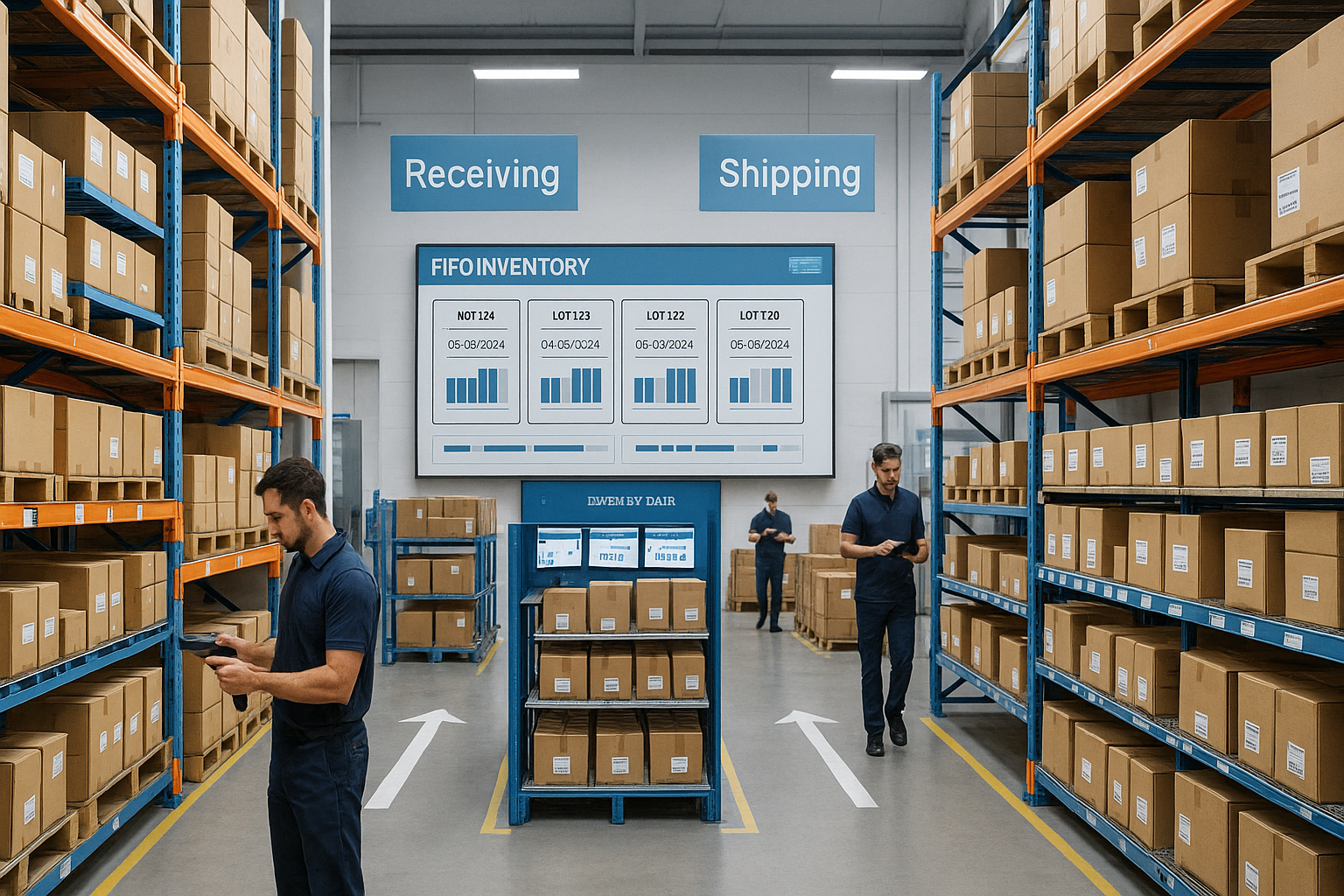

For customers whose products have expiration dates, compliance requirements, or quality standards tied to shelf life, First-In, First-Out (FIFO) inventory management isn’t just a preference; it’s a mandate. Whether you’re handling food, pharmaceuticals, or time-sensitive raw materials, building a warehouse that supports strict FIFO is critical to reducing waste, meeting customer expectations, and protecting brand reputation. By implementing a FIFO model, order fill rates can be expected to improve by 5-8%, boosting customer satisfaction.
So, what does it take to design and operate a warehouse that truly enables FIFO? The answer lies in aligning facility design, technology, and process discipline.
Design for Efficient Flow
Leverage the Right Storage Systems
Implement a Warehouse Management System (WMS) with FIFO Logic
Enforce Strict Receiving Practices
Build Visibility Into Daily Operations
Create Dedicated FIFO Training and Culture
Collaborate with the Customer
The Bottom Line
A strict FIFO model requires more than good intentions — it demands the right infrastructure, systems, and culture. By designing a warehouse around flow, leveraging technology to enforce FIFO rules, and maintaining rigorous process discipline, logistics providers can guarantee compliance while reducing costs and waste.
Action Step to Make Today: Review your current warehouse design and WMS configuration. Ask: Does our setup make FIFO the easiest option for operators? If not, it’s time to redesign for efficiency and compliance.